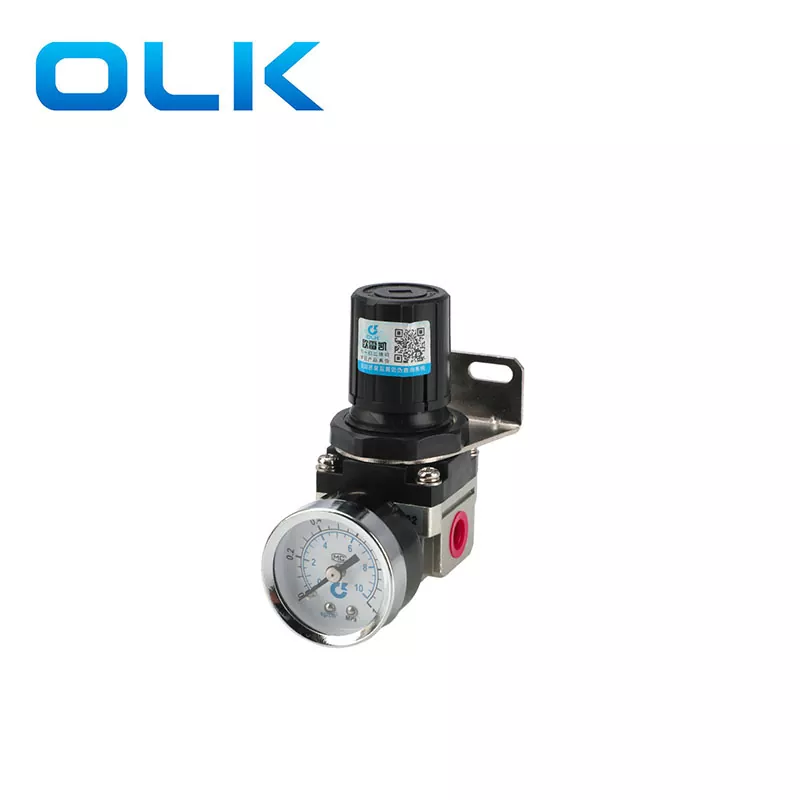Composition of air source processor
2024-05-14
An air source processor, also known as an air preparation unit or air treatment unit, is typically composed of several components designed to condition compressed air before it enters pneumatic systems or tools. While the specific configuration may vary depending on the application and manufacturer, a typical air source processor includes the following components:

1. Air Filter: The air filter is the first component in the air source processor and is designed to remove solid particles, dust, dirt, oil, and other contaminants from the compressed air. Filters can be made of various materials, including paper, fiberglass, or synthetic media, and they typically have a specific micron rating to indicate their filtration efficiency.
2. Regulator: The regulator controls the pressure of the compressed air as it exits the air source processor. It reduces the high pressure from the compressor to a lower, more manageable level suitable for the pneumatic equipment or system it will be supplying. Regulators often feature an adjustable knob or dial to set the desired output pressure.
3. Lubricator: In some air preparation units, a lubricator is included to inject a small amount of oil mist into the compressed air stream. This lubricates pneumatic tools and equipment to reduce friction and wear, prolonging their lifespan and improving performance. Lubricators typically feature an adjustable drip rate to control the amount of oil delivered.
4. Pressure Gauges: Pressure gauges are installed at various points in the air source processor to monitor the pressure of the compressed air. They provide visual feedback to the operator, indicating the pressure levels before and after filtration and regulation.
5. Drain Valve: Condensate, formed as a result of air compression and cooling, can accumulate in the air source processor and needs to be removed periodically to prevent damage to downstream equipment. Drain valves, such as manual or automatic types, are installed to facilitate the removal of condensate from the system.
6. Mounting Bracket or Panel: Air source processors are often mounted to walls, equipment, or dedicated panels for stability and easy access. Mounting brackets or panels are included to securely attach the unit to the desired location.
7. Connections and Fittings: The air source processor includes various connections, fittings, and ports to facilitate the input and output of compressed air, as well as the installation of additional accessories such as pressure switches, filters, or gauges.
By incorporating these components, an air source processor effectively conditions compressed air to meet the specific requirements of pneumatic systems, ensuring optimal performance and reliability.


